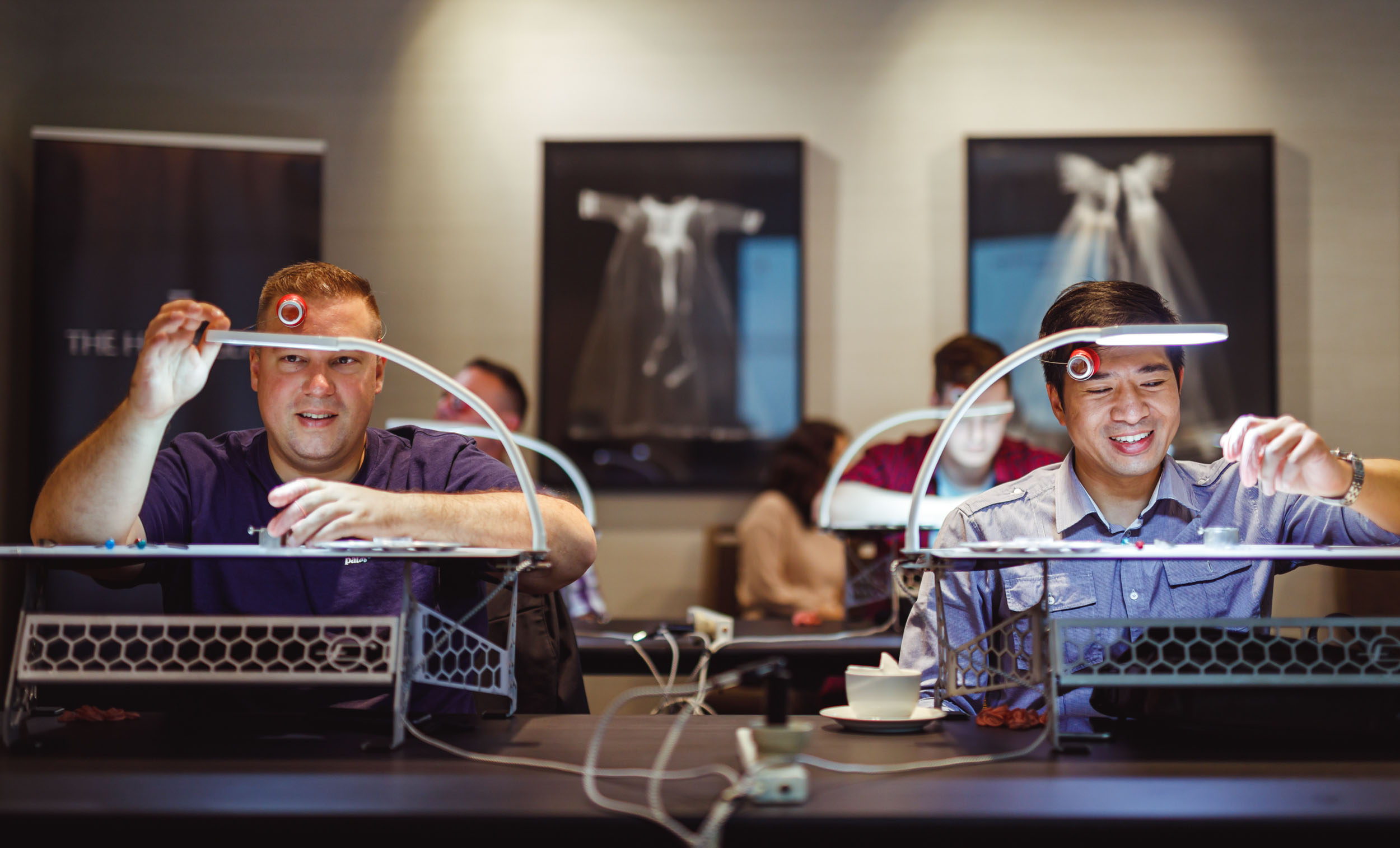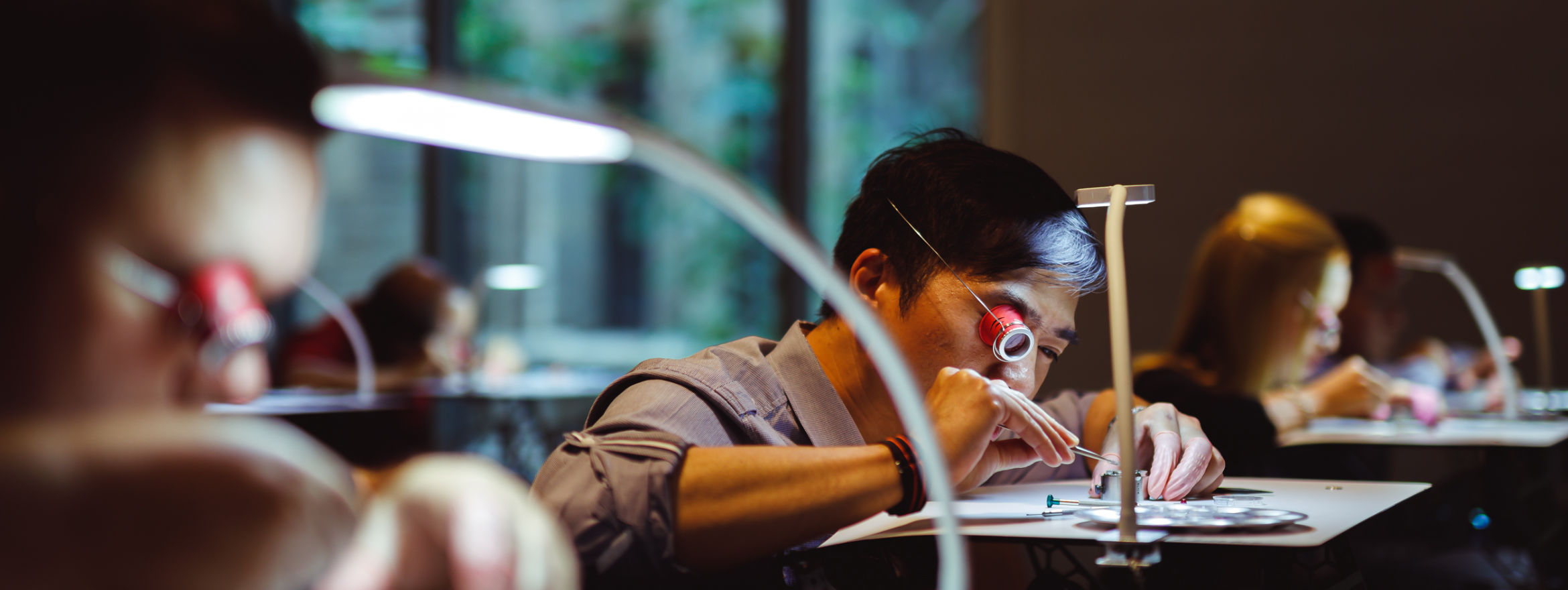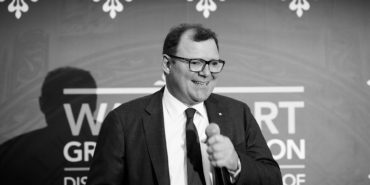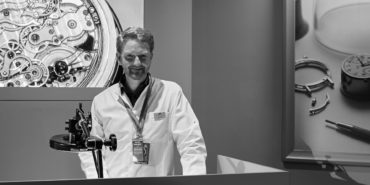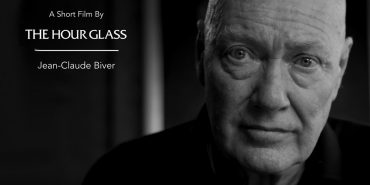Interviews • 07 Nov 2019
The HSNY on Horological Education Pt.II
Update: Last month (February), we hosted the HSNY in Australia (for the first time). The interview below has been updated with photos of the event.
After a successful weekend of classes in Singapore (back in September 2018), the Horological Society of New York and The Hour Glass brought HSNY’s award-winning education series to Melbourne, Australia – for the first time! This informative, hands-on experience allowed participants to examine the inner workings of a mechanical watch movement under the guidance of the HSNY’s staff of professional watchmakers. To give you further insight into the HSNY, we sat down with the HSNY’s Director of Traveling Education, Vincent Robert, to learn more about his passion for teaching and the importance of this course (Click here for our interview with Nick, Ed and Carolina from the HSNY).
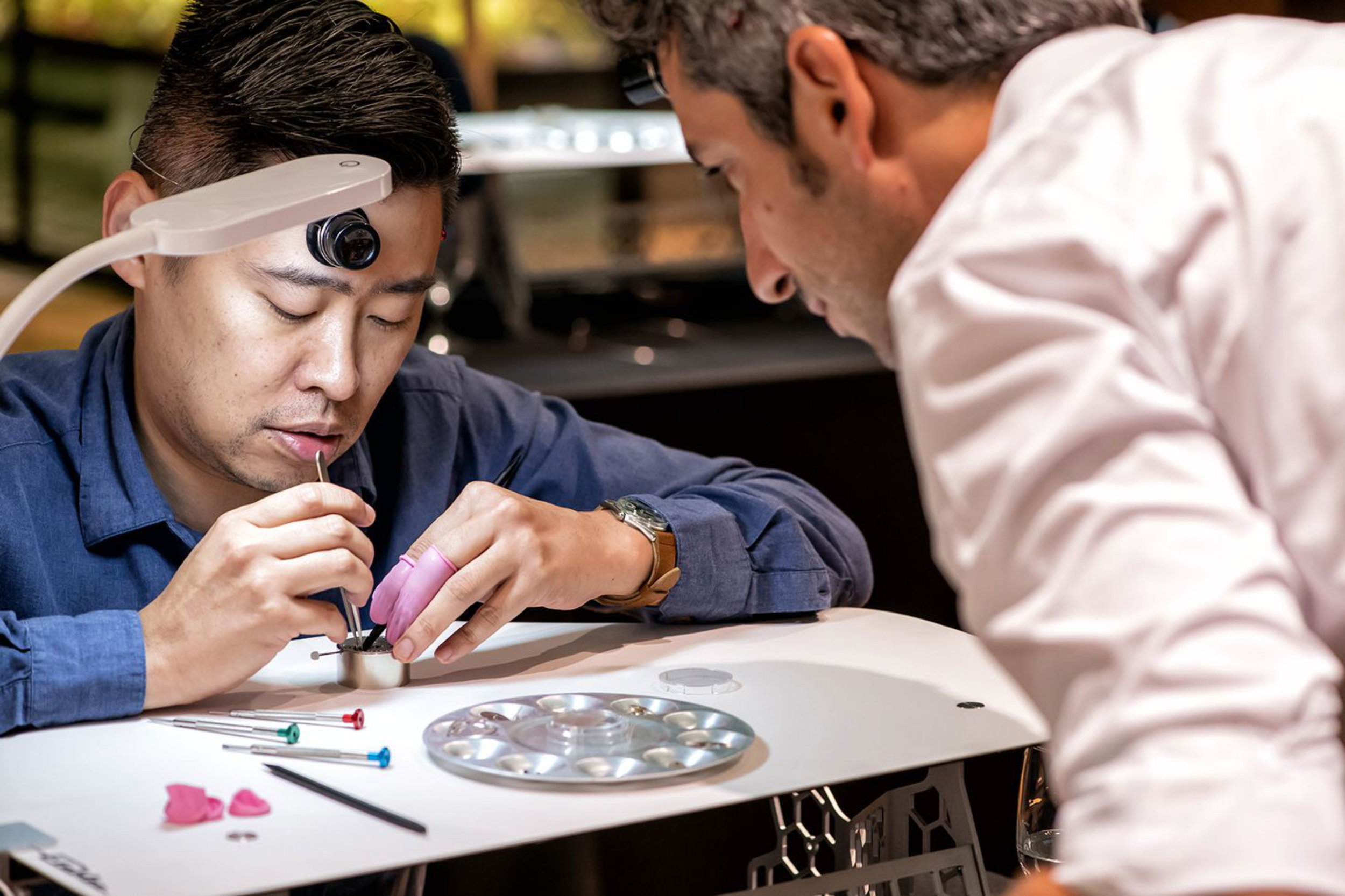
How did you get into horology and your work with the HSNY? Could you tell us a bit about your career so far?
I was born and raised in Switzerland. I don’t come from a watchmaking family, but watchmaking is a big career option in Switzerland, especially in the late 90s when the industry – the high-end horological industry – was coming back up. Watchmakers were needed – they were in demand. It was brought up to me – would you like to try watchmaking? I hadn’t really thought about it to be honest. I was just doing my schooling, wanting to be with my friends in high school, but it was presented to me that maybe I should try watchmaking. So, I took the admissions tests, and I was admitted – one of ten out of 100. I guess I felt a bit flattered, so I went to watchmaking school. I was always doing things with my hands when I was a kid, and the moment I stepped foot into watchmaking school, I never really looked back.
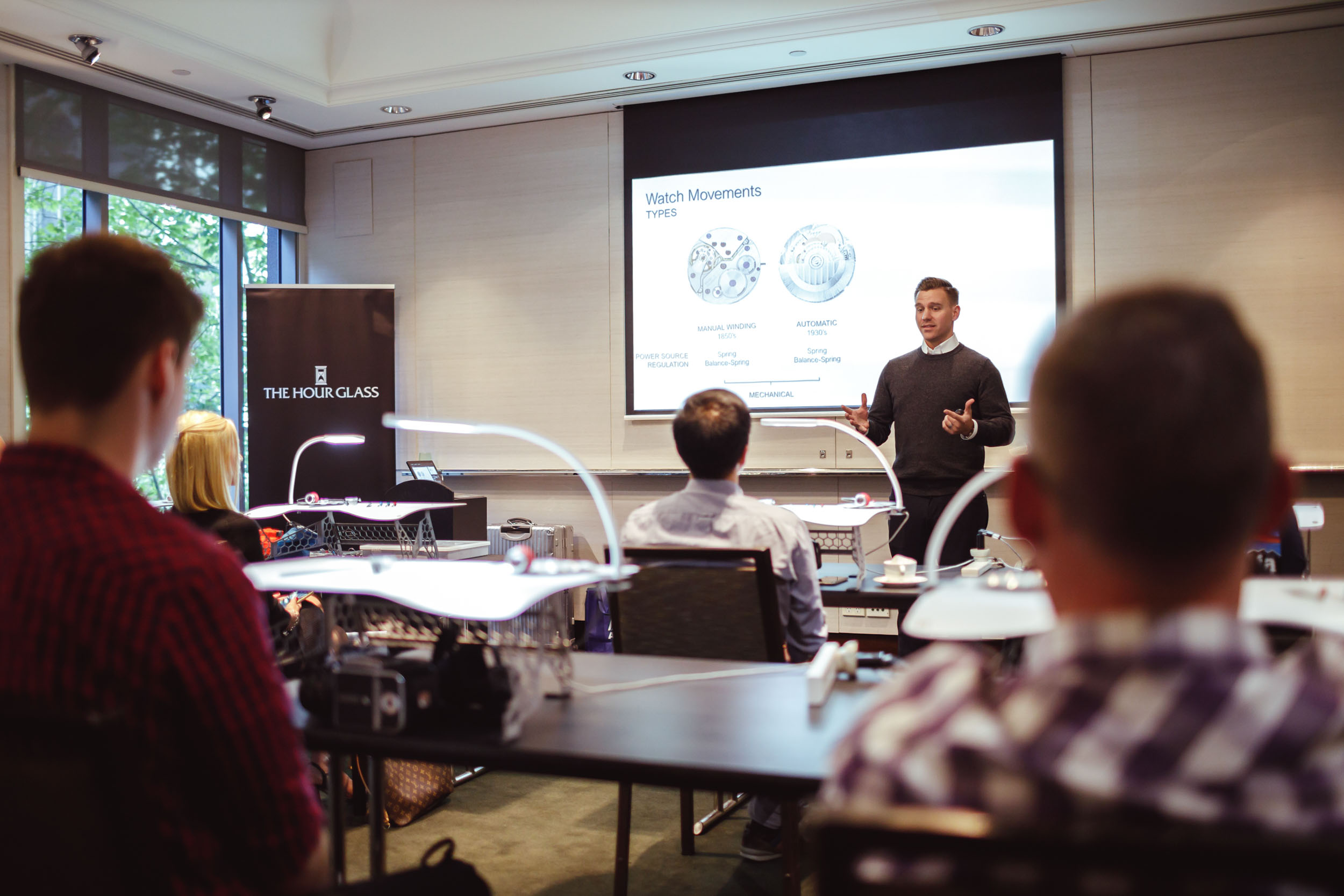
But, that’s just watchmaking school – there’s a bit more to this. Eventually I joined the industry. It was Jaeger-LeCoultre who picked me up right after my certification ceremony because they needed a lot of watchmakers. So, I went on to work at Jaeger-LeCoultre for one year, and they taught me how to regulate a watch, work in the time setting department, work on balance and hairsprings, and so on. That taught me quite a bit. Then, I went on to different brands, one being Harry Winston, which eventually brought me to the U.S. to start a new service platform in 2004. This is when I got to know more about U.S. watchmaking and servicing. As I grew through this experiment and set up Harry Winston’s new platform, I was also facing customer issues. I noticed some watches were coming back for reasons that were not really appropriate – they shouldn’t be broken in the first place. And I realized people needed to know more about their watches, how they function, how to behave with them, how to handle them – the true value of them. This is how I became a trainer for Harry Winston – I became their worldwide watch trainer. So, I went to all their boutiques around the world, teaching about watches.
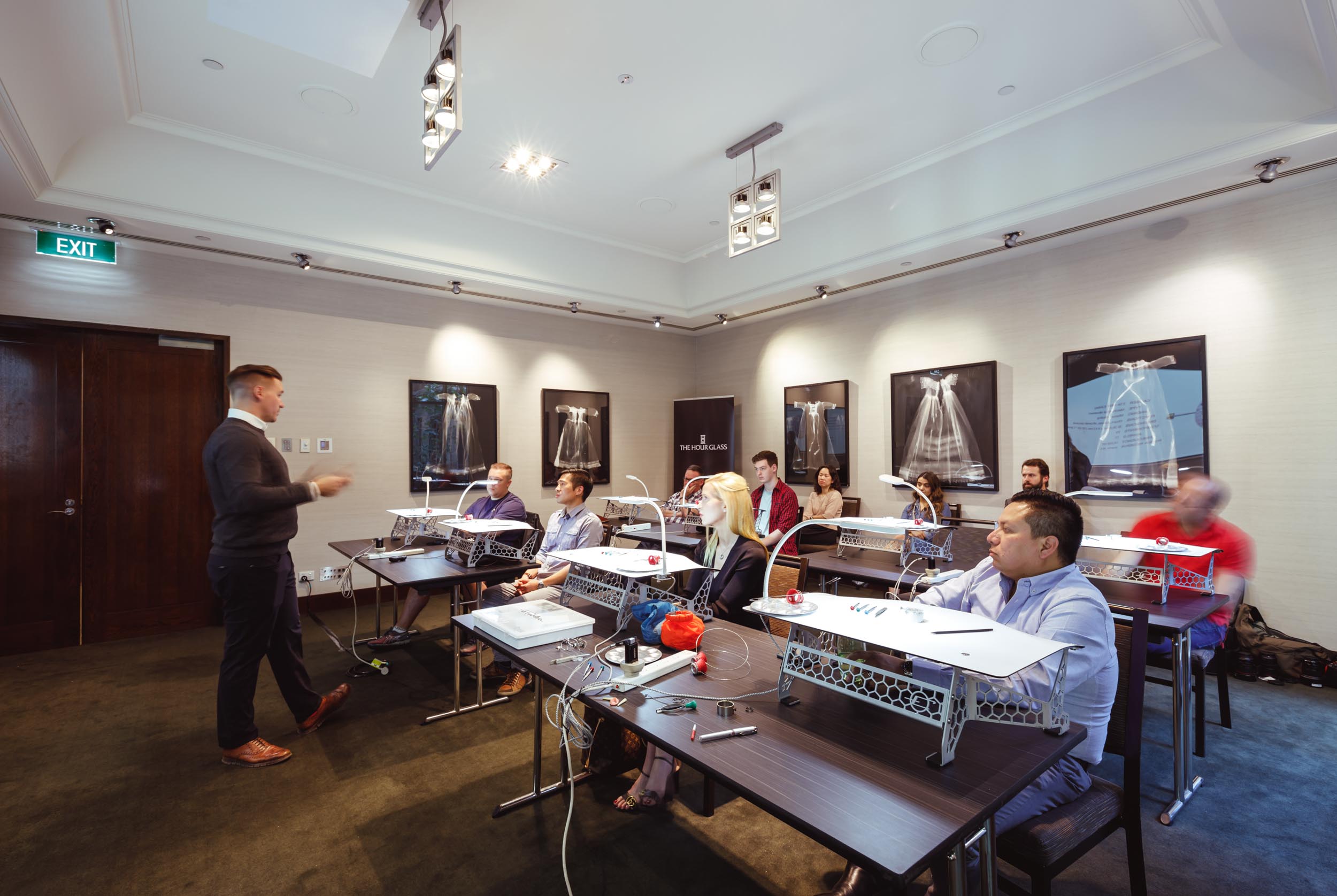
Eventually, I decided to go out on my own because I’d really found something I liked –the space between the product and the consumer. I thought it was such a shame that watchmakers spend so much energy making these watches what they are – they go to such an extreme extent to refine this mechanism. And people who own the watches don’t even know a fraction of this. I thought if they could know more, it would raise the perceived value of what they have on their wrist. So, this is where I decided I wanted to be, and with that in mind, I started working with the Foundation of Haute Horology, a non-profit based in Geneva. Their aim is to promote high horology across the markets around the globe. One of their pillars is education, and I became one of their trainers, teaching people in the industry who are not technicians. So, I started doing that for a bit, but then I thought, why not also do this for the people – collectors – and that’s how I got connected with the HSNY.
I came to a meeting and spoke with Nick Manousos, the President, and talked to him about my idea. The HSNY was in the middle of starting classes just about a year prior to that, and they were receiving quite a bit of calls to bring the classes on the road. So, this is how I was brought into the HSNY, to help develop the traveling education classes – that was in 2016. Once again, we haven’t looked back – we’ve been to most of the major cities in the U.S., and then some second tier and third tier cities. In 2018, we went outside the border to Toronto, then Asia and Europe and soon Australia – it’s pretty exciting.

Do you consider yourself a collector? Can you tell us a bit about your watches and the type of watches that interest you?
I will say that I’m becoming a collector, but I’m a late bloomer. For the longest time, all I wanted to use my money for was traveling. Now, I’ve been traveling for quite a bit, so I can put some money into watches. But it’s hard for me to pick a watch or a brand or maker. I’m very opinionated about how a watch is made and how watches look because I know a bit – a fair bit – about how it’s done. For me to love a watch, I need to love the journey – the journey of what went into making that watch, whether it’s the design or the mechanism – it needs to speak to me. I also very much like chronometry in watches, meaning precision. I think it’s historical, which makes it more meaningful as well because the more precision we have, the better the industry at large has become. Everything you see around us – old buildings, architecture, science – needs precise time. Timekeeping is at the root of everything we love – machines, cars, you name it.
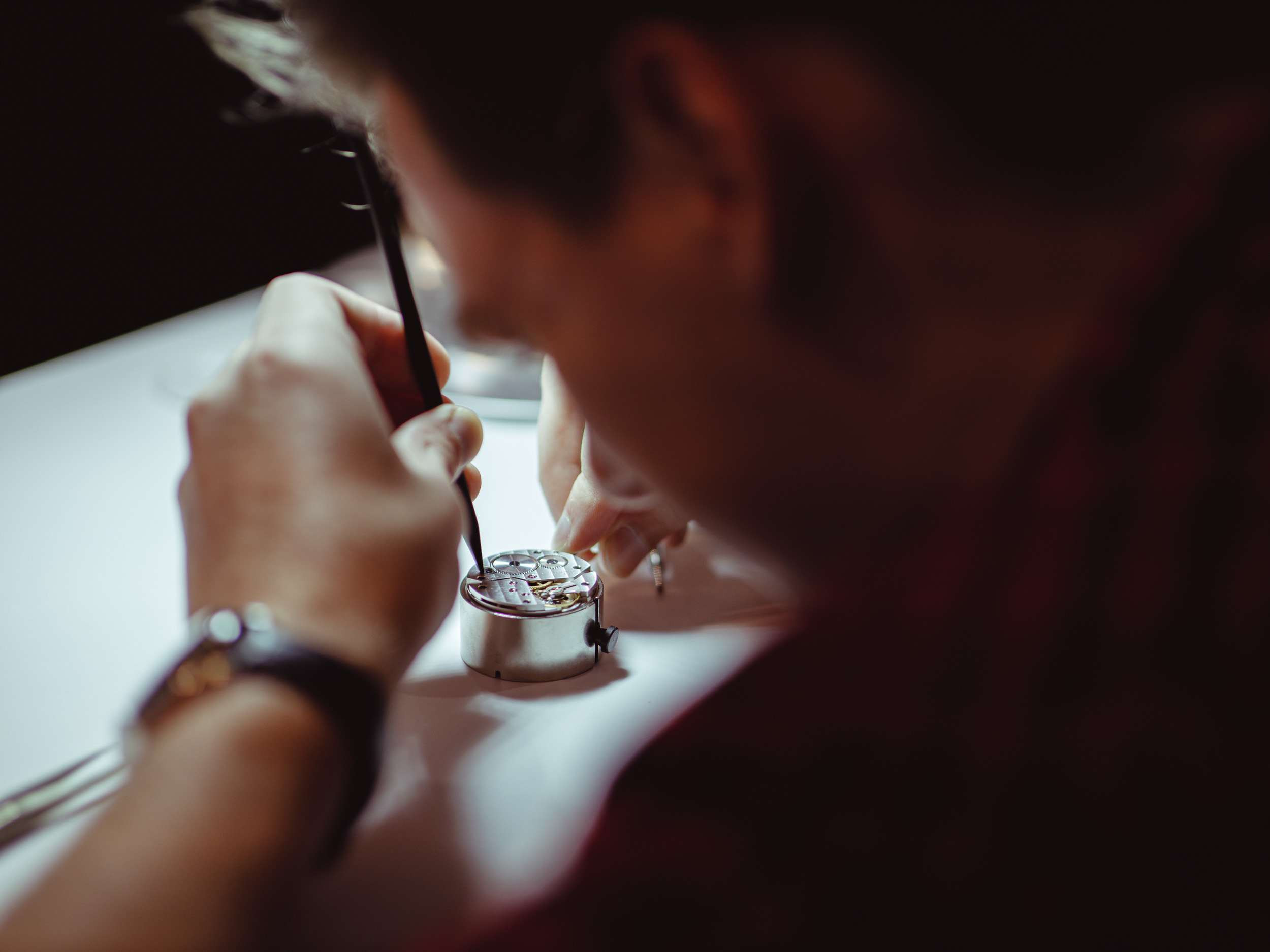
Chronometry helped bring precision, but it’s probably the least accessible part of timekeeping because it’s so complex. Yet, it’s also the most fascinating. Any watch that reflects that is interesting to me. Then, in terms of style, I like something slick – I’m very fond of a simple hour, minute, and second hand. I’m not too fond of added complications. As you can see, today I’m wearing an IWC re-edition of the very first Portuguese. The Portuguese launched in the 1930s, and the redesign has bits of the original dial, but it’s fitted with a newer movement. I like to have a reproduction like this that’s not a complete copy but brings back the soul and incorporates the good things in modern watchmaking. I like it when the past and present merge to make something well balanced.

In your opinion, what’s the importance of horological education and keeping the passion for watchmaking alive? What role do the HSNY and other organizations like it play in fostering that appreciation for horology and watchmaking?
That’s a broad question with many facets to answer, but to me, I think to have an appreciation for what we have around us, you have to do your due diligence with history and admire what’s been accomplished in the past. If certain things were not made then, we couldn’t have the things we have today. I think it’s a form of respect to others who have contributed to what we have. Think of tap water and faucets – we take this for granted, but someone had to create this system. Horology is no different. Again, it goes back to what I said – if we didn’t have timekeeping, precision timekeeping, we wouldn’t have half of what we have today – we wouldn’t have transportation, we wouldn’t have computers – all this could not happen without an instrument that could measure precise time. So, in this way, understanding horology is very important. And I think we need to be the gatekeepers of this at the HSNY in many ways.
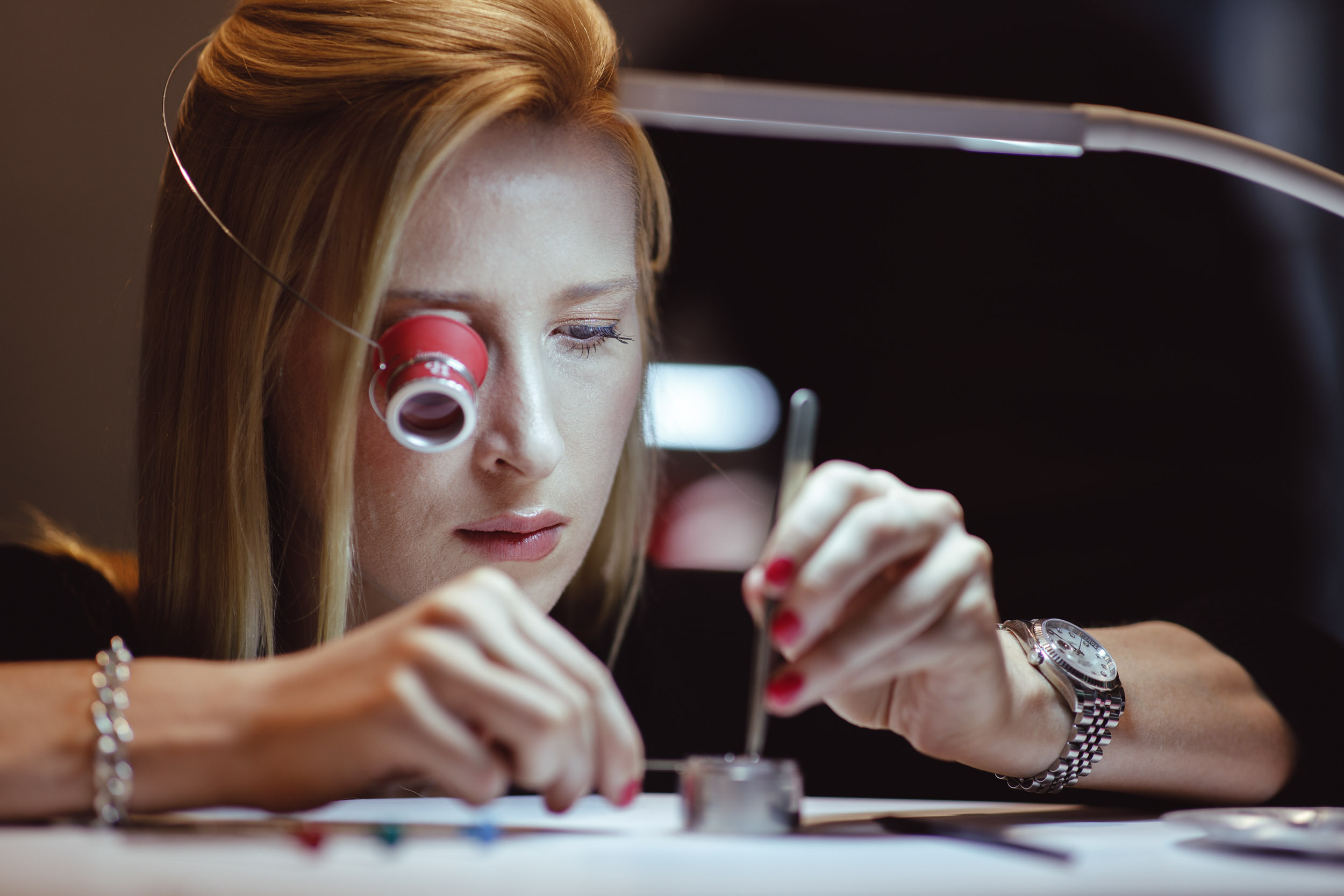
I think we’re also in a place – a unique moment in time – when people are actually interested to learn as well. It’s a very sweet spot. People in general are placing more attention on things that take time, intelligence, and knowhow to make – not just high production goods that we use one time and then let go. Take our phones, for instance. We all have one, and they’re very useful, but we don’t get attached to the product itself. We know in a couple years, it’s going to fail and we’re going to get a new one. Instead, a mechanical watch is something we can attach to – it’s meant to last, to be a safety point or an anchor point that helps you feel something, and maybe that’s one of the reasons people are getting more interested in understanding mechanical watchmaking and spending time and money to educate themselves about purchasing a watch or just knowing more about what went into their watch.
At the end of the day, a watch has so much depth to it, whether it’s the system necessary to craft it or the meaning it represents. And here, at the HSNY, our mission is to bring all the knowledge of this universe to the public who is thirsty for it – not in a commercial way, which you can hear quite often. And our mission is also to share that this is a career – that there is work if you’re interested and that there are many paths to join.
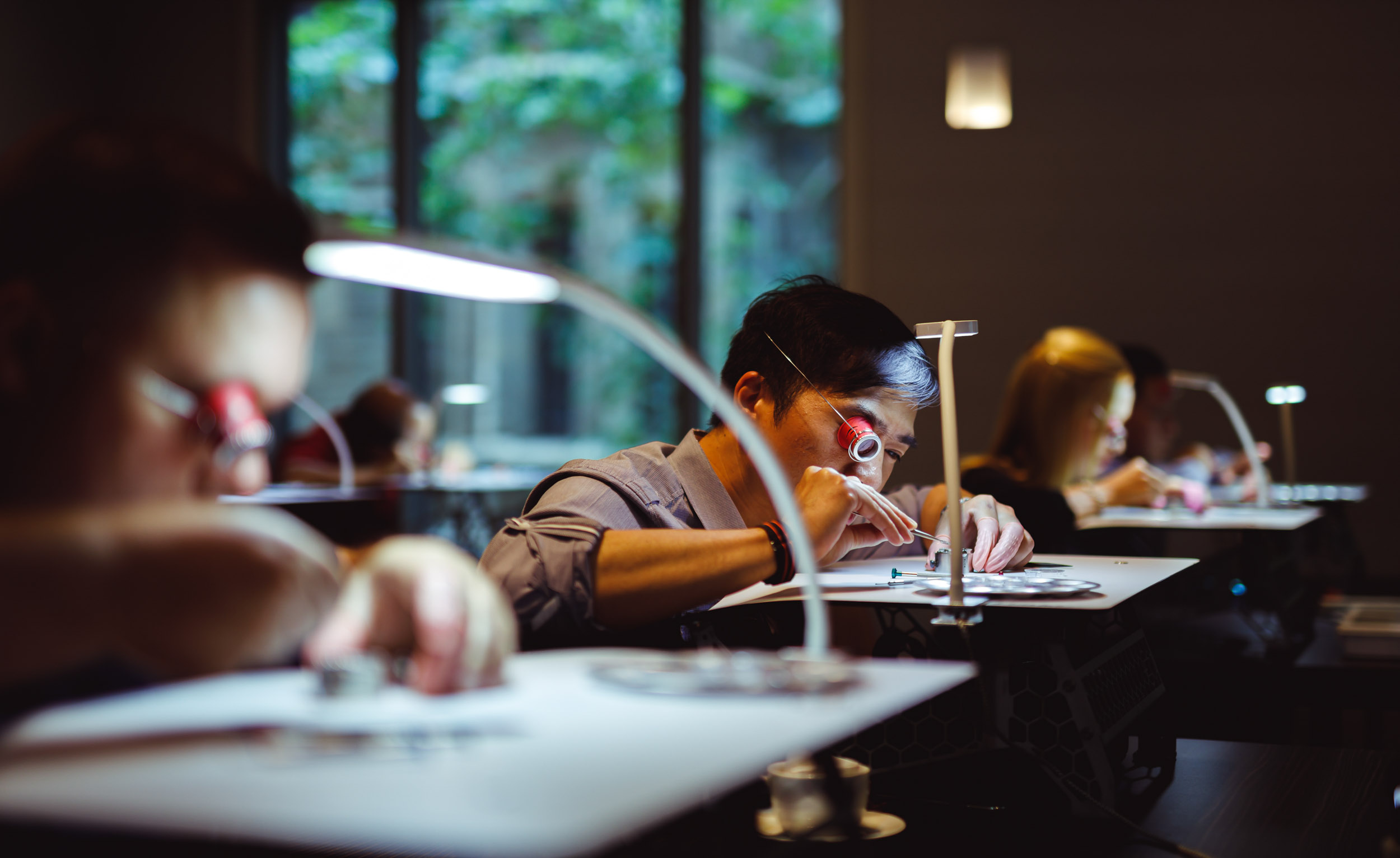
What’s the main challenge in getting people interested in watchmaking and in horology more generally? How do you overcome this?
When it comes to the people attending our classes – the public – I don’t think there’s much of a challenge. I think there’s an interest, and we’re responding to it. What I see from our community is really a thirst to know more, but true and meaningful information is not readily available. So, I think that’s why they’re coming to us. But, our challenge here is to know where these people are who want to learn and join us. We can’t hear all the voices. With our traveling education, we often go in blindfolded – we go to a place and hope people will come. We would love to continue to hear from more people – why not people in Africa? All they have to say is, we’d love to have you here, we’re interested. I think exposure is the critical part – the more exposure we get, the more opportunities we have to share education with the general public.
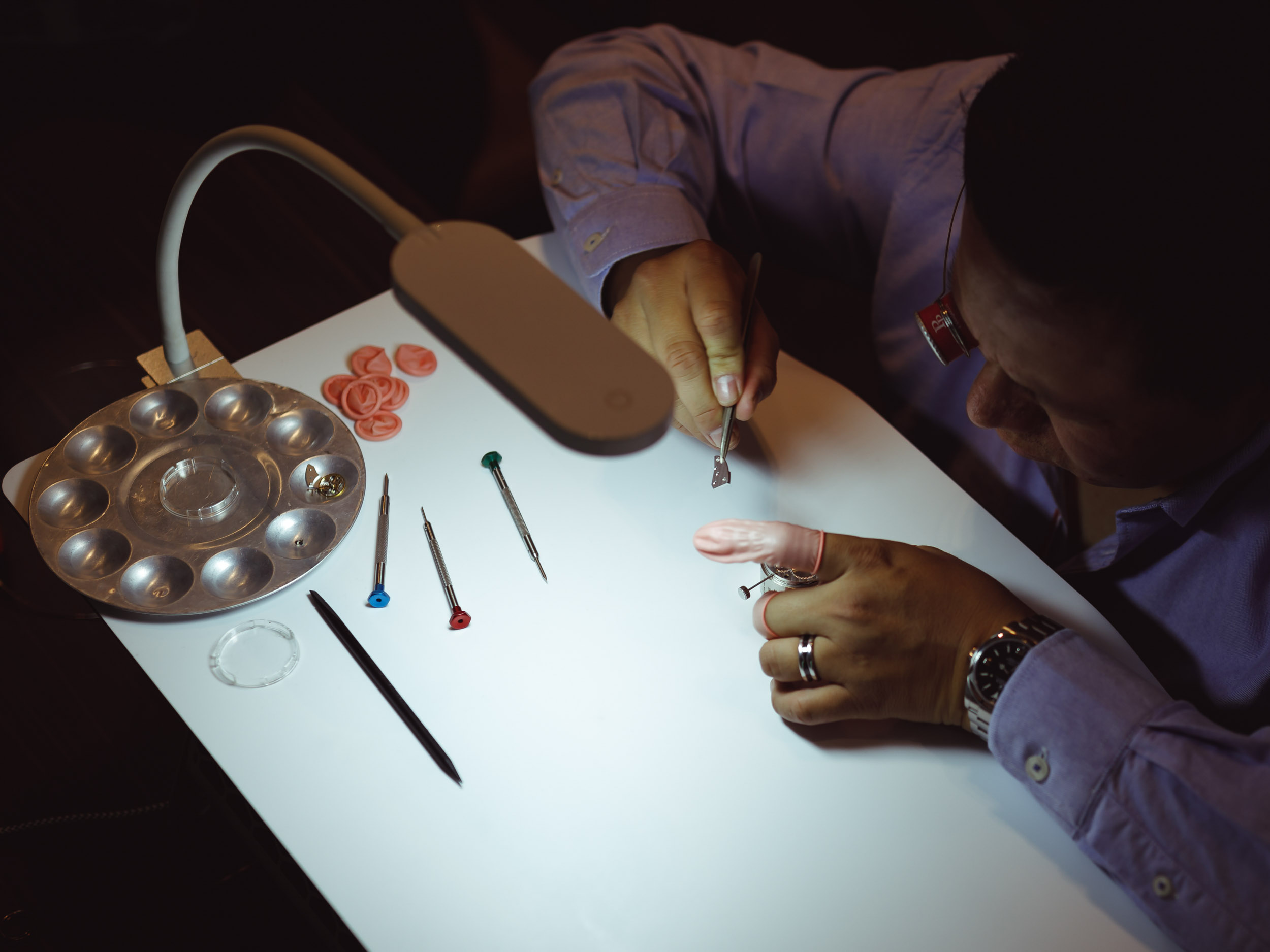
How did the travelling education series first come about? How has it changed over the years?
The moment the HSNY launched classes here in NYC, there was an overwhelming response to join. Don’t quote me, but it was something like within a week, there were more than 1000 applications. So, eventually, they added more classes in New York, and people were even willing to travel into the city. But, they started to receive more and more emails and calls from people outside NYC who wanted them to bring the classes to their city. And this is more or less the time when I first connected with Nick and the HSNY, and we discussed the idea of doing classes with work benches that were portable so we could be mobile and go to other places. That was how we decided to launch the traveling education. Then, we needed a place to go. So, the first place was Miami – we got a kind offer from one of our first supporters, F.P. Journe. They offered to host us in Miami in 2016, and we sold out four classes. From there, the program expanded. I have to say, as we’ve gone through many destinations, there have been some very humbling moments. We were in Orange County, California, and we had two people driving up from Tijuana, Mexico to take the class. We had someone drive eight hours to attend a 9:00am class in Chicago. As we go, there are people willing to take the extra effort to attend the classes. This is why we put a lot of effort to making something meaningful and quality. We have couples coming in, just to do an activity together. We have parents and their teenage kids. We really have quite a few moments that are very humbling to me.
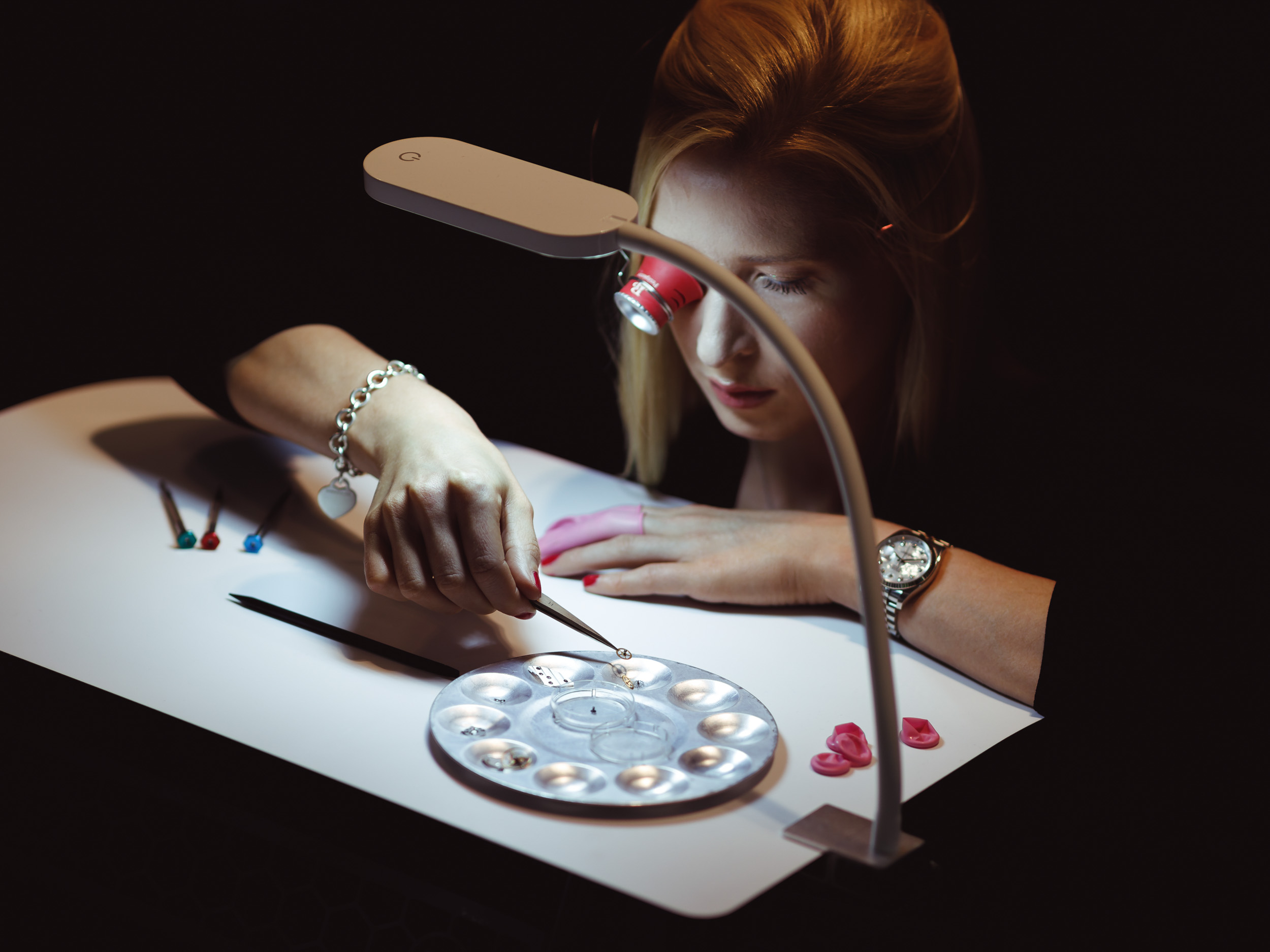
You first launched your international education program in Toronto in July 2018, and in a little over a year, you’ve expanded to Asia, Europe, and, soon, Australia – How have you been able to grow the education programs so rapidly in such a short period of time?
One of the parts that probably made going abroad possible was what we learned through expanding in the U.S. We started off, as I mentioned, being hosted by F.P Journe, but we were not always hosted. Actually, for most of the first classes, we rented spaces. But as we grew, we started creating connections and friendships with retailers, other watchmakers, or brands that liked what we were doing because they also wanted this for their business – they wanted their clients to know more about watches and watchmaking. Now, so many people are opening their doors to host us, and this is what we needed to go abroad. We need a person who has heard about our program to say, we want to do this – what would it take for you to come to us and make this happen? So, a collector in Toronto was the first one to say, we need this in Toronto, let’s make it happen. He took it upon himself to find a place. Next, we went to The Hour Glass in Singapore. I actually reached out because Singapore was one of the first places that came to mind in Asia, and The Hour Glass said, yeah, that would be a great thing – I think we will have a lot of people in Singapore who’ll be interested, and they made it happen. So, without these partnerships, it wouldn’t happen. We’re too far away to make it happen on our own. As we grow, we’re building those partnerships, and The Hour Glass wants us back, so we must be doing something right!

What similarities and differences have you noticed in the communities around the world and their areas of interest in the field of watchmaking? Could you specifically speak to younger markets, like Australia’s?
It’s a bit of a tricky question to answer because the classes themselves are such melting pots. There is a unifier in that everyone who comes to the classes has a specific interest in understanding a mechanical watch movement. So, they all come for this. If people purchase a ticket, I think it also means they have a certain mindset – that they value education and information. And that makes it a true pleasure to teach every single class we have because people come with that mindset in the first place. Curious, smart people come in. In terms of demographics, it’s very diverse in terms of age and gender. We still consistently have more men coming, but there are definitely women coming. If I had to give a ballpark of the median age in our classes, it’d be somewhere around the mid-30s.

In Asia, I remember we had quite a young crowd coming in. To me, this is a great sign that younger people are taking a serious liking to watches, and by attending classes, they show they have an interest to learn and make educated purchases with their watches. The more we have consumers making an educated watch purchase, the more solid this industry will become. I couldn’t say the same in the year 2000. The luxury market was really exploding in terms of sales – they were double digit growth every year, but the people who were purchasing were doing it more for the luxury part – maybe a name or a glamorous look rather than the actual work that is inside. When you have customers who just purchase something for the image that comes with it, that doesn’t bring real value to the industry. So, I think the industry is in a much better place now. Consumers are making more educated choices, and the fact we have younger people coming to the classes shows that as well.

What’s inspiring to you about visiting a burgeoning watch community as opposed to a more established one? Outside of the education classes, is there anything you’re looking forward to exploring in Australia’s watch culture?
To me, this is exciting. The fact that we hear about all of these communities popping up – I mean, they probably already existed – but maybe people didn’t always link up together. Now, they are linking up and sharing their hobbies and their passions, and this is exciting. I honestly cannot wait for us to be in Australia and experience it firsthand. I’ve been to Australia a couple of times already in my job as a trainer, and I’ve met a couple of Australian journalists who were extremely excited about watchmaking and anything touching close to it. I think the hunger is even deeper because geographically, Australia is very far from everything.

I imagine it’s hard to get people in the industry to go to Australia because it’s not on the usual route. Personally, I’m very happy and very proud that we can make this happen, and if it goes well, maybe we can go back again to serve the community that’s going on there. I already know about one local maker in Sydney making his own movements. I’ve met a couple collectors from Australia – there are actually some major collectors there. It will be interesting to see how what we bring will help gather different sections of the community together. Our classes provide an occasion for people to connect and meet and maybe stay in touch after that.

What can students expect who attend a traveling education class covering material from the HSNY’s Horology 101-103?
In short, what they will do is be put in the shoes of the watchmaker for four hours. They will get to disassemble and reassemble a complete mechanical watch movement. And, along the way, understand the timekeeping system mechanism that fits almost all mechanical watches that was developed centuries ago. They will also face some challenges of the watchmaker and try to understand the mindset of the watchmaker – how we strategize, the ethics that we put into it, how to handle the tools, and really discover more and appreciate more about what watchmaking is. We completely disassemble the movement so you can observe all the parts. We’ll give you anticipation warnings to make sure you remember where you put that screw because you’re going to be placing it back in when you reassemble. It’s very demanding, particularly in the head but also in the hand.
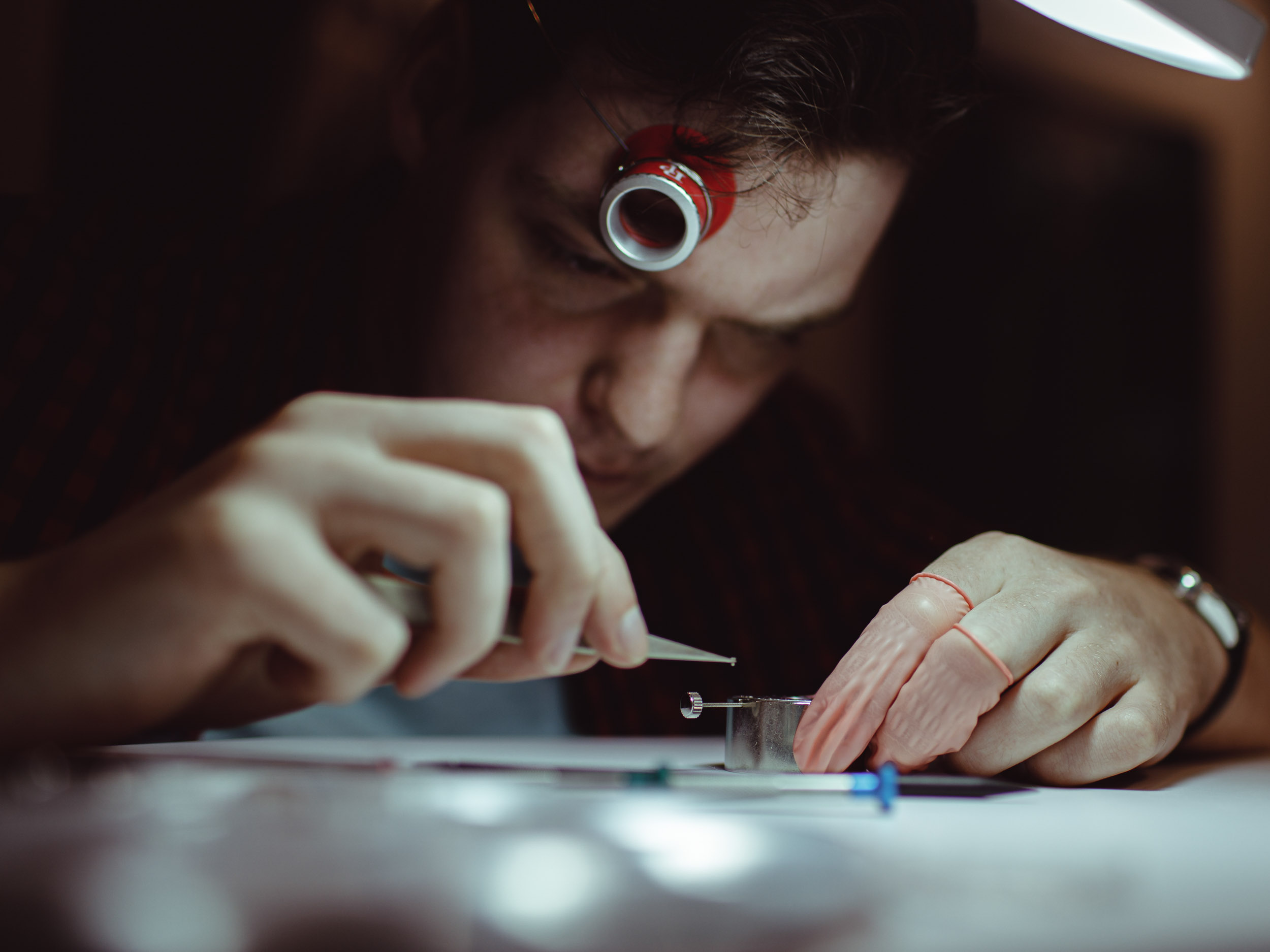
We show you that being a watchmaker, you cannot have just one. You need a head and a hand. So, this is the journey that we bring a person into, and hopefully, when the person comes out, they have more appreciation for the watches and the work of the watchmaker, and maybe also get to know more about how to take care of a watch or what it will take to service them. It really just provides a deeper understanding of the mechanics in it, and at the end of the day, it’s also a very good time. The way we like to teach our classes is to create an experience that helps you enjoy watchmaking. Another thing to know, is there’s no prerequisite before you come – anyone can come. You don’t have to pass a test to be accepted into our class. Maybe you think you don’t have as good of vision or maybe you think your hand is not steady enough, but you will get into it slowly. It’s a reward for us at the end of the day to get that smile and sense of accomplishment. It’s a moment both for them and for us. Another thing is that we get a lot of people coming in with questions they want to ask a watchmaker because our classes are being taught by watchmakers. So, they get to ask whatever questions and have conversations – this is also part of the learning.

What are you most excited about in returning to The Hour Glass, this time with the Australian watch community?
I’m very excited about working with them again. I have a relationship prior with The Hour Glass when I was a trainer. This is how I got the connection, and in Singapore, they were brilliant hosts. They gave us the best space they have, Malmaison in the heart of Singapore. Sometimes, it’s hard for people to understand exactly what we do, but other times, you feel like someone is right there with you, and that’s how it felt with The Hour Glass. It just flowed – they set us up in the best accommodations. It made the class enjoyable for the participants but also for us. So, going to The Hour Glass in Melbourne, we’re just looking forward to it because this is the best possible way for us to come to a new place – to have a host who already knows us, already has feedback from an event. I have a feeling the Australians just want this. I can’t wait to see the response from people who actually want to participate and know more about horology over there. I really can’t wait to be there.
